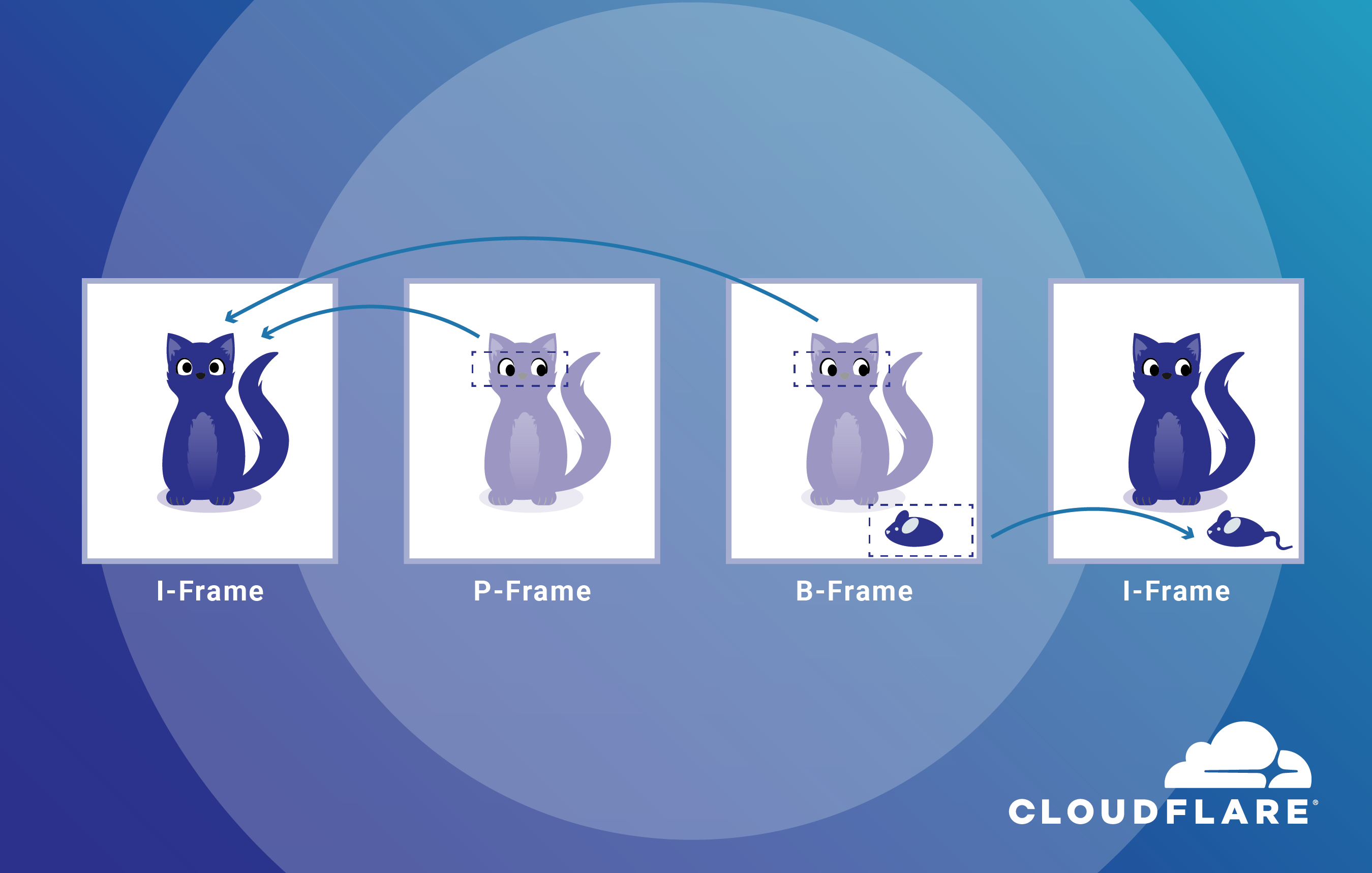Author Archives: Kyle Boutette
Author Archives: Kyle Boutette
Cloudflare announced Stream Live for open beta in 2021, and in 2022 we went GA. While we talked about the experience of using it and the value it delivers to customers, we didn’t talk about how we built it. So let’s talk about Stream Live’s design, and how it leverages the distributed nature of Cloudflare’s network, rather than centralized locations as many other live services do. Ultimately, our goals are to keep our content ingest as close to broadcasters as possible, our content delivery as close to viewers as possible, and to retain our ability to handle unexpected use cases.
At a high level, Stream Live accepts audio/video content from broadcasters and makes that content available to viewers around the world in real time through the Cloudflare network, which reaches more than 330 cities in over 120 countries. Hence, there are two sides to this: ingesting data from broadcasters and delivering encoded content to viewers. Both sides are built on a combination of internal systems and Cloudflare products, including Cloudflare Workers, Durable Objects, Spectrum, and, of course, Cache.
Let’s start on the ingest side.
Broadcasters generate content in real time, as a Continue reading


Creators and broadcasters expect to be able to go live from anywhere, on any device. Viewers expect “live” to mean “real-time”. The protocols that power most live streams are unable to meet these growing expectations.
In talking to developers building live streaming into their apps and websites, we’ve heard near universal frustration with the limitations of existing live streaming technologies. Developers in 2022 rightly expect to be able to deliver low latency to viewers, broadcast reliably, and use web standards rather than old protocols that date back to the era of Flash.
Today, we’re excited to announce in open beta that Cloudflare Stream now supports live video streaming over WebRTC, with sub-second latency, to unlimited concurrent viewers. This is a new feature of Cloudflare Stream, and you can start using it right now in the Cloudflare Dashboard — read the docs to get started.
WebRTC with Cloudflare Stream leapfrogs existing tools and protocols, exclusively uses open standards with zero dependency on a specific SDK, and empowers any developer to build both low latency live streaming and playback into their website or app.
The status quo of streaming live video has high Continue reading

On the Stream team at Cloudflare, we work to provide a great viewing experience while keeping our service affordable. That involves a lot of small tweaks to our video pipeline that can be difficult to discern by most people. And that makes the results of those tweaks less intuitive.
In this post, let's have some fun. Instead of fine-grained optimization work, we’ll do the opposite. Today we’ll make it easy to see changes between different versions of a video: we’ll start with a high-quality video and ruin it. Instead of aiming for perfection, let’s see the impact of various video coding settings. We’ll go on a deep dive on how to make some victim video look gloriously bad and learn on the way.
Everyone agrees that video on the Internet should look good, start playing fast, and never rebuffer regardless of the device they’re on. People can prefer one version of a video over another and say it looks better. Most people, though, would have difficulty elaborating on what ‘better’ means. That’s not an issue when you’re just consuming video. However, when you’re storing, encoding, and distributing it, how that video looks determines how happy your viewers are.
To determine Continue reading